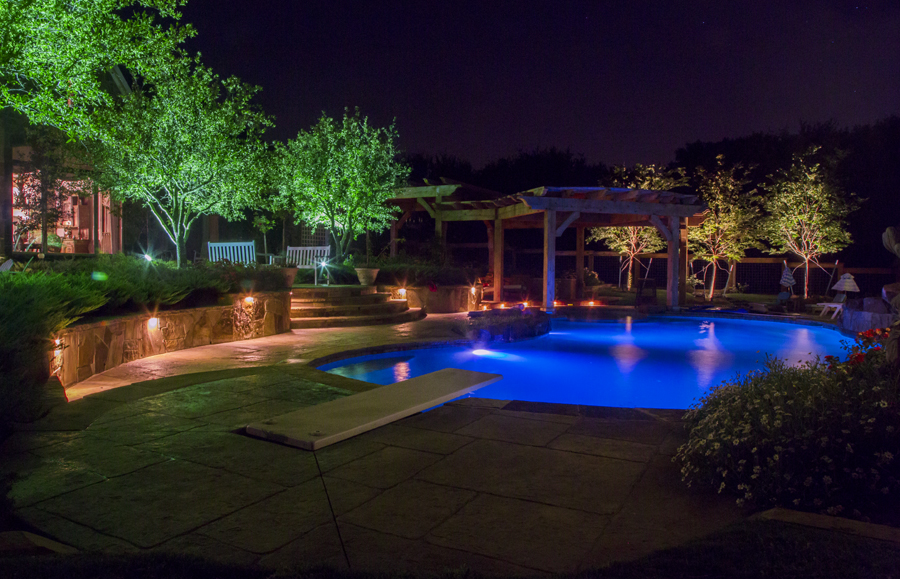tkinds of led lighting

LED (Light-Emitting Diode) lighting is a extremely energy-efficient and versatile lighting technology that has gained widespread use in current years. LEDs have remodeled the lighting industry due to their numerous benefits, including vitality savings, longevity, durability, and suppleness. Here are key features of LED lighting:
Energy Efficiency:
LEDs are recognized for their distinctive energy effectivity. They devour significantly much less electrical energy compared to conventional incandescent and fluorescent lights. This translates to decrease power bills and lowered environmental impact.
Longevity:
LEDs have a much longer lifespan than standard light sources. They can last up to 25,000 to 50,000 hours or extra, relying on the standard and utilization. This longevity reduces the need for frequent replacements, saving each money and time.
Durability:
LEDs are solid-state lighting units, which implies they are extremely sturdy and immune to shock, vibrations, and external impacts. This makes them perfect for various applications, together with outdoor lighting.
Instantaneous Lighting:
LEDs present immediate illumination when turned on, with no warm-up time required. This is in contrast to some fluorescent lights that may take a second to reach full brightness.
https://www.lighttn.com :
LEDs are available in numerous colour temperatures, allowing customers to pick lighting that suits their preferences and desires. Common choices include warm white, cool white, and daylight white.
Dimmability:
Many LED fixtures and bulbs are dimmable, offering flexibility to regulate lighting levels to create the specified ambiance and save much more energy when full brightness is not wanted.
Directional Lighting:
LEDs emit light in a specific direction, making them highly environment friendly for targeted lighting functions. This characteristic reduces mild wastage and allows for exact illumination.
Wide Range of Applications:
LEDs are used in a broad spectrum of functions, including residential lighting, commercial lighting, road lighting, automotive lighting, signage, and displays.
Environmental Benefits:
LED lighting contributes to energy conservation and lowered greenhouse fuel emissions because of its low energy consumption and long lifespan. It also incorporates no hazardous materials like mercury, which is present in some other types of lighting.
Color Rendering Index (CRI):
LEDs can obtain excessive CRI values, which implies they precisely render colors in comparability to pure daylight. This is important for purposes where colour accuracy is essential, similar to in art galleries and retail settings.
Smart Lighting:
Many LED lighting methods could be integrated into good residence or constructing automation systems. This permits for remote control, scheduling, and customization of lighting to meet specific wants and preferences.
Cost Savings:
While LED lighting and bulbs might have the next preliminary price in comparability with traditional lighting, the long-term vitality financial savings and lowered upkeep bills usually make LEDs an economical selection over time.

LED lighting has revolutionized the best way we illuminate our houses, workplaces, and public areas. As the technology continues to advance, it's more doubtless to turn into much more environment friendly and versatile, additional decreasing energy consumption and environmental influence whereas providing high-quality lighting options..
